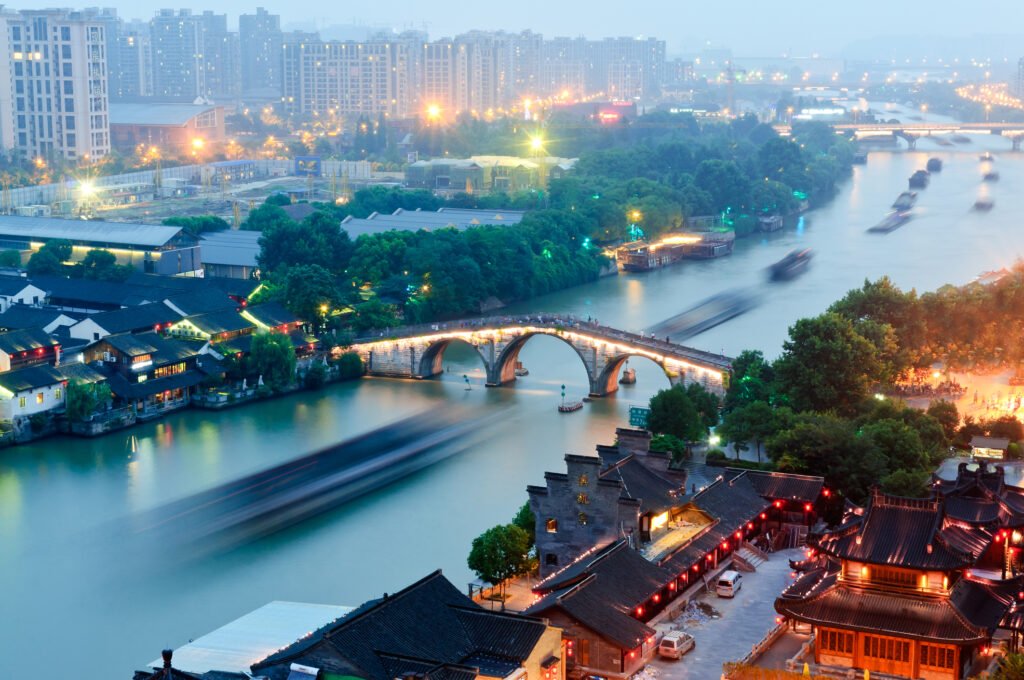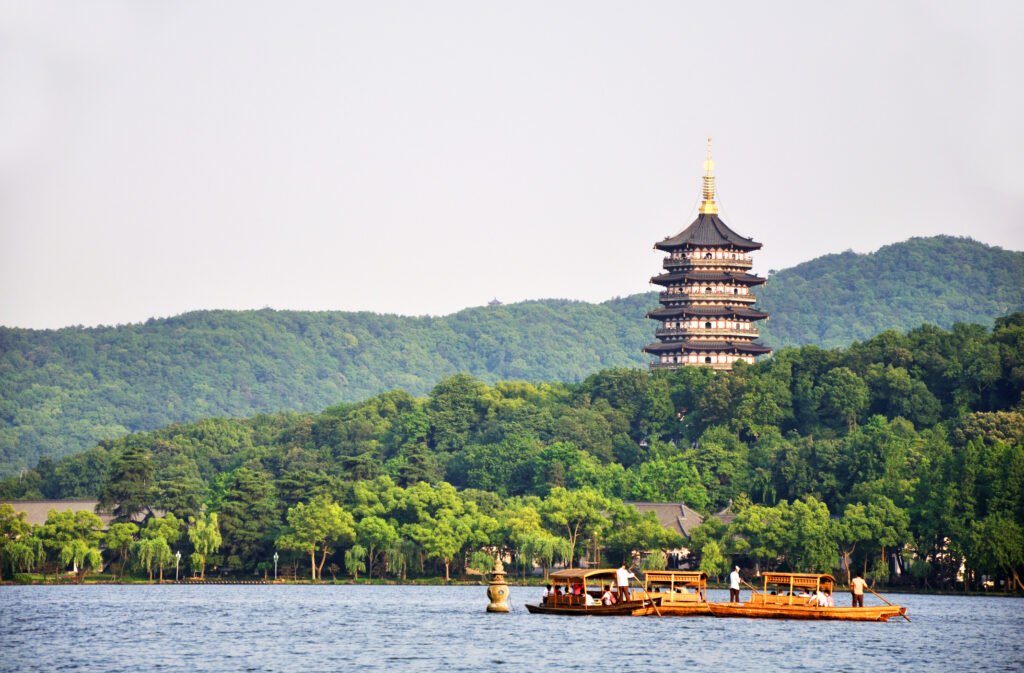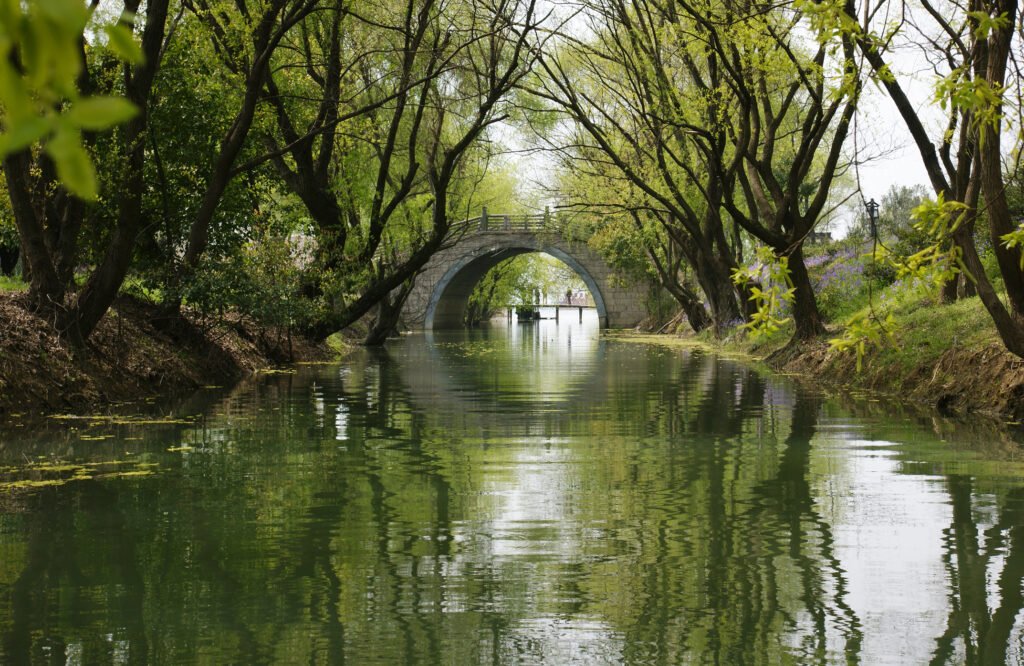Hangzhou, often lauded as “Heaven on Earth,” is more than just a visually stunning city famed for its serene West Lake and picturesque landscapes. Nestled in Zhejiang Province, it’s a treasure trove of culinary delights, offering a refined gastronomic experience rooted in centuries of tradition. From delicate pastries to hearty seafood dishes, Hangzhou cuisine tantalizes the senses with its fresh ingredients, artful presentation, and subtle yet complex flavors. Let’s embark on a journey to discover why Hangzhou deserves its place among China’s top culinary locations, delve into its rich history, and uncover the unforgettable food adventures that await in this enchanting city.
Why Hangzhou Shines as a Top Culinary Destination
- Exquisite Jiangnan Cuisine: Hangzhou represents the pinnacle of Jiangnan cuisine, known for its light, fresh flavors, and the use of seasonal ingredients. This emphasis on natural flavors sets it apart from other regional Chinese cuisines that may rely more heavily on spice or strong sauces.
- The Bountiful West Lake: West Lake is more than just a scenic masterpiece; it’s an integral part of Hangzhou’s culinary identity. The lake’s abundant aquatic life, such as fish, shrimp, and lotus root, are incorporated into many local dishes.
- Longjing Green Tea Influence: The region’s famous Longjing green tea is not just a beverage; it’s a culinary ingredient. Its delicate flavor and aroma infuse various dishes, adding a unique touch of elegance and freshness.
- Seasonal Delights: Hangzhou cuisine is deeply rooted in the cycle of the seasons. Dishes change throughout the year to showcase the best of local produce, ensuring that every bite is a reflection of nature’s bounty.
- Imperial Connections: Hangzhou served as the capital of the Southern Song Dynasty (1127-1279), attracting chefs and culinary influences from across the country and resulting in a refined and sophisticated food culture.
- Emphasis on Visual Appeal: Hangzhou cuisine is not just about taste; it’s also about presentation. Dishes are often artfully arranged and visually appealing, reflecting the city’s artistic heritage.
- Buddhist Vegetarian Traditions: As a region with many monasteries, this has contributed to a large offering of shojin ryori, which means Buddhist vegetarian food that showcases local produce.
Embark on a Culinary Adventure in Hangzhou: A Guide for Food Lovers
To truly experience the essence of Hangzhou’s food culture, you need to immerse yourself in its local markets, sample its iconic dishes, and explore its hidden culinary gems. Here’s a roadmap for your delicious journey:
- West Lake Seafood Exploration: Start your culinary adventure with a tour of restaurants around West Lake. Sample dishes featuring local seafood like West Lake Fish in Sweet and Sour Sauce and Beggar’s Chicken (a whole chicken cooked in lotus leaves).
- Qinghefang Ancient Street Delights: Explore the historic Qinghefang Ancient Street, sampling traditional Hangzhou snacks and desserts.
- Longjing Tea Plantation Visit: Take a trip to a Longjing tea plantation to learn about the cultivation and processing of this famous green tea. Participate in a tea tasting and enjoy a meal featuring Longjing-infused dishes.
- Food street exploration: Visit the local street to get a cheap and affordable taste of Hangzhou’s diverse and vast array of foods.
- Night Food: Take a culinary journey at night and get to taste all the street and vendor offerings that would otherwise be closed during daylight.
- Local Cuisine Experience: Taste the authentic flavors of Hangzhou through an organized tour that will guide you to the top spots.
- Green Tea Ice Cream: A cool and delicious treat during a hot and sunny day, this dessert offers you a fresh taste of the local long jing.
A Taste of History: Tracing Hangzhou’s Culinary Evolution
Hangzhou’s culinary history is deeply intertwined with its rich cultural heritage and its strategic location in the fertile Yangtze River Delta. The city’s food culture has been shaped by its role as a center of trade, culture, and political power for centuries.
- Early Dynasties: Even before Hangzhou was established as a major capital, there were local food traditions. Rice and vegetables were farmed at a local level, and it wasn’t long before the city’s population started to grow.
- The Southern Song Dynasty (1127-1279): The establishment of Hangzhou as the capital of the Southern Song Dynasty marked a turning point in the city’s culinary history. The imperial court’s relocation to Hangzhou brought wealth, talent, and sophisticated tastes, transforming the local food culture.
- The Influence of West Lake: The abundance of aquatic life and the serene beauty of West Lake inspired the creation of many iconic Hangzhou dishes. West Lake became not just a scenic landmark but also a source of culinary inspiration.
- Trade and Cultural Exchange: Hangzhou’s position as a major trading center facilitated the exchange of ingredients and culinary techniques with other regions of China and beyond.
- Modern Revitalization: Over recent years, the city has seen a rise in local chefs, restaurants and street vendors looking to experiment with local dishes.
10 Iconic Recipes That Define Hangzhou’s Culinary Landscape
- West Lake Fish in Sweet and Sour Sauce (西湖醋鱼): This iconic Hangzhou dish features a freshwater fish (usually grass carp) cooked in a sweet and sour sauce made with vinegar, sugar, soy sauce, and ginger. The dish is known for its vibrant colors, delicate texture, and balanced flavors.
- Beggar’s Chicken (叫化鸡): A whole chicken stuffed with mushrooms, bamboo shoots, and other ingredients, wrapped in lotus leaves and clay, then baked in the ground. The clay seal preserves the chicken’s moisture and infuses it with earthy flavors.
- Dongpo Pork (东坡肉): A slow-braised pork belly dish simmered in a sauce of soy sauce, rice wine, and sugar. The long cooking time results in incredibly tender pork that melts in your mouth.
- Longjing Shrimp (龙井虾仁): A delicate dish made with fresh shrimp stir-fried with Longjing green tea leaves. The tea imparts a subtle flavor and aroma to the shrimp, creating a refreshing and elegant combination.
- Sister Song’s Fish Broth (宋嫂鱼羹): A creamy and flavorful fish broth made with finely chopped fish, mushrooms, bamboo shoots, and other ingredients. This dish is said to have originated with a woman named Sister Song during the Southern Song Dynasty.
- Steamed Eel (清蒸鳝丝): This elegant dish features fresh eel steamed to perfection and drizzled with a light sauce.
- Crispy Duck (杭州酱鸭): Made by seasoning duck with a variety of local herbs and flavors and then cooked for a juicy bite.
- Sliced Lotus Root Stir Fry The dish often involves a light stir-fry with other ingredients, like wood ear mushrooms, vegetables or other local ingredients.
- Chien Tang River Tide A dish of seaweed with a variety of seasoning.
- You Bu Soup A soup from Hangzhou’s rich history of cuisine.
A City Meant to be Discovered
Hangzhou’s culinary scene is a testament to the city’s rich history, innovative spirit, and deep connection to nature. From elegant restaurants overlooking West Lake to humble street food stalls in the old town, Hangzhou offers a gastronomic journey that captivates food lovers from around the globe.
As you explore this enchanting city, you’ll discover that in Hangzhou, food is not just sustenance – it’s a way of life, a celebration of beauty, and a gateway to understanding the heart and soul of Chinese culture. Whether you’re savoring a perfectly prepared West Lake Fish in Sweet and Sour Sauce, sipping on fragrant Longjing tea, or exploring the hidden culinary gems of the city, Hangzhou promises an unforgettable culinary adventure. The city is also quite close to other popular areas known for their food, which is a day trip away:
- Shaoxing. Known for alcohol and unique drinks.
- Anji. This area has many mountains and rivers which support local dishes.
Tips to Enjoy
- Learn some basic Chinese phrases as you’re there.
- Be adventurous, you might find the best new dish!
- You can bargain at smaller stores.
- Research the best time to visit the city in order to try the top seasonal ingredients.
This area offers a unique combination of the old and the new, with fresh ideas constantly.





